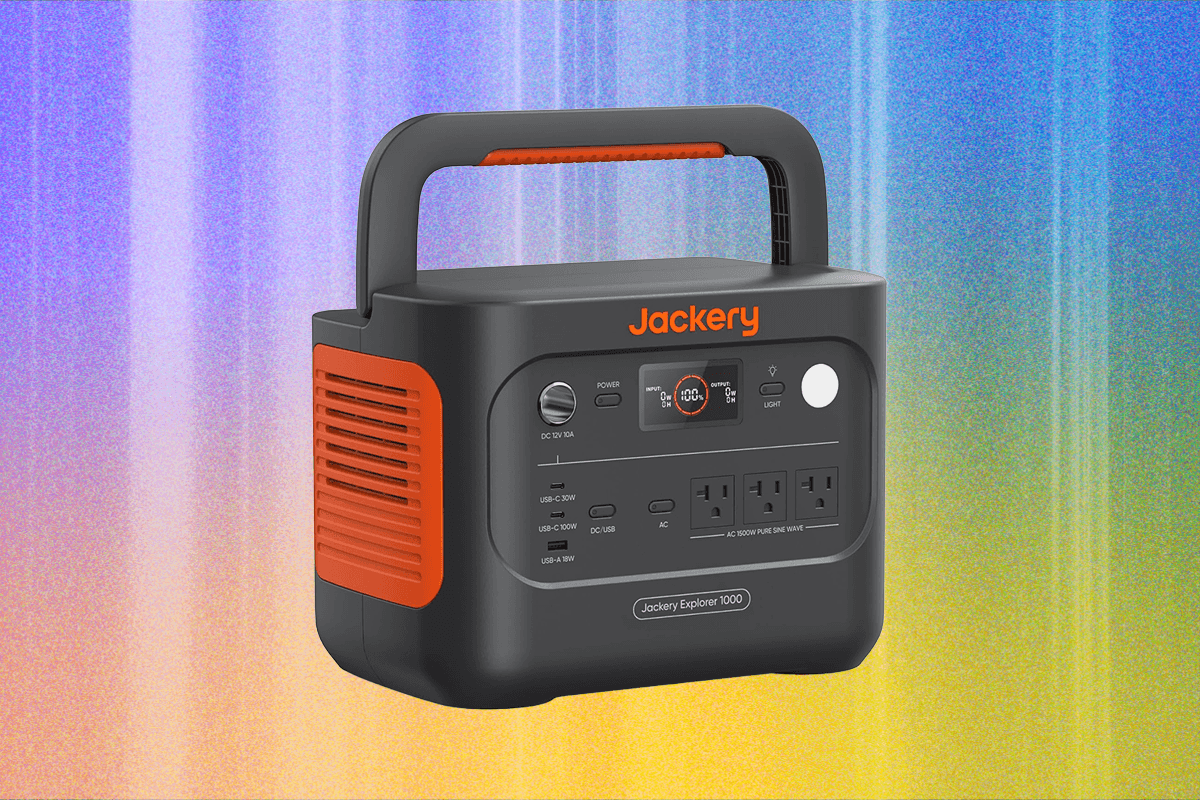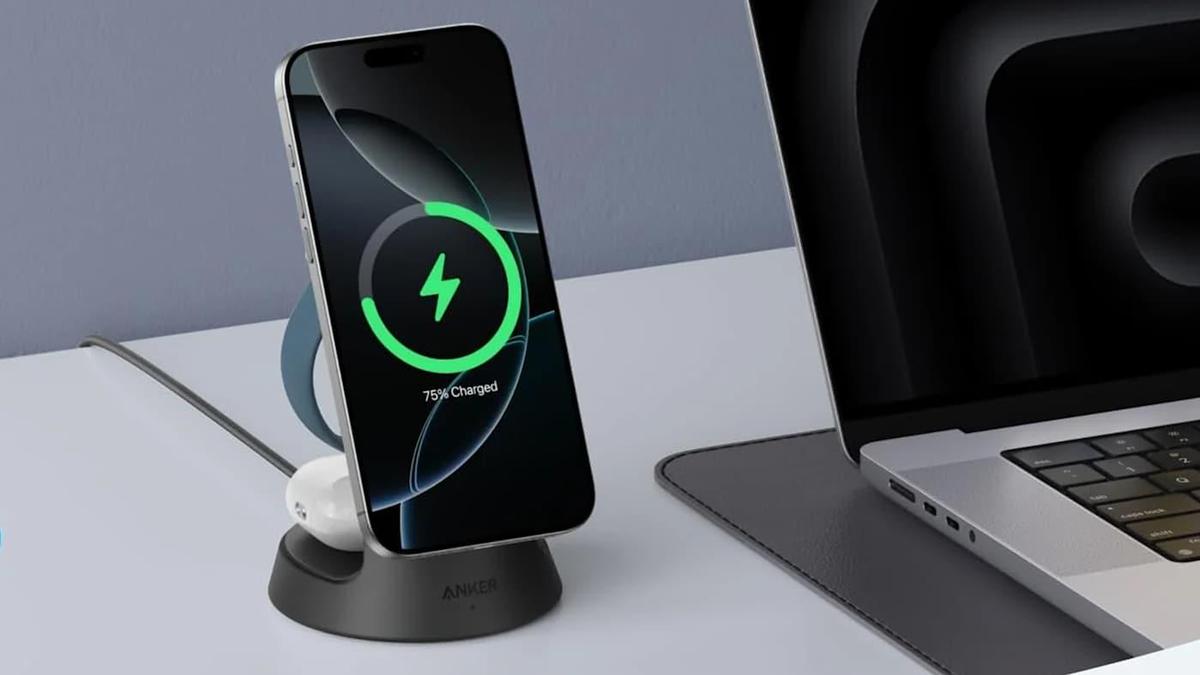AI Video’s Hollywood Debut: The Prompting Problem & Future of Film
AI Video’s Hollywood Debut: The Prompting Problem & Future of Film
The rise of AI-generated video content is undeniable. From social media feeds overflowing with uncanny simulations to discussions about its potential impact on Hollywood, artificial intelligence is rapidly changing how we perceive and consume visual media. But is Hollywood truly ready for AI, or are we facing a “prompting problem” that hinders its widespread adoption?
The AI Video Deluge: A Social Media Phenomenon
It’s nearly impossible to navigate the internet today without encountering an AI-generated video. Social media platforms are awash with clips depicting everything from fabricated natural disasters to animals performing impossible feats. While the quality of these videos often leaves much to be desired, they consistently garner significant attention, with many viewers proclaiming AI-generated content as a revolutionary art form poised to reshape the world.
These AI clips, particularly those aiming for realism, have sparked intense debate. Despite aesthetic inconsistencies and occasional bizarre visuals, many believe that AI represents a significant threat to the traditional entertainment industry. The notion that AI-generated video is both the future of filmmaking and an existential threat to Hollywood has rapidly gained traction among proponents of this nascent technology.
The Prompting Problem: Where AI Video Falls Short
While the enthusiasm for AI video is palpable, a critical issue often overlooked is the “prompting problem.” Current AI models frequently struggle to produce output that meets the standards of professional filmmaking. The idea of major studios immediately embracing this technology in its current state seems unlikely when the raw output of AI often lacks the cohesion and quality required for a compelling movie or series.
This issue stems from the inherent limitations of AI prompting. Crafting effective prompts that consistently generate desired results requires a deep understanding of the AI model’s capabilities and limitations. It’s not simply about asking for a specific scene; it’s about carefully constructing prompts that guide the AI to produce visually consistent, narratively coherent, and emotionally engaging content.

Unique Insights and Analysis
One key area where AI currently struggles is in replicating the nuances of human emotion and performance. While AI can generate realistic-looking faces and bodies, it often fails to capture the subtle expressions and body language that convey genuine emotion. This can result in a feeling of artificiality, making it difficult for viewers to connect with the characters and the story.
Furthermore, AI-generated video often lacks the artistic vision and creative flair that are hallmarks of great filmmaking. While AI can follow instructions and generate content based on existing data, it typically struggles to come up with truly original ideas or push the boundaries of creative expression. This could lead to a homogenization of content, where AI-generated videos all start to look and feel the same.
Actionable Takeaway: Mastering the Art of AI Prompting
For filmmakers and content creators looking to experiment with AI video, the key is to focus on mastering the art of AI prompting. This involves:
- Understanding the AI model: Research the specific AI model you’re using and its capabilities. Experiment with different prompts to see what it can and cannot do.
- Crafting detailed prompts: Be specific and provide as much context as possible. Include details about the characters, setting, plot, and desired mood.
- Iterating and refining: Don’t expect to get perfect results on the first try. Experiment with different prompts and refine them based on the output you receive.
- Combining AI with human creativity: Use AI as a tool to augment, not replace, human creativity. Use AI to generate initial drafts or explore different ideas, but always rely on human artists to refine and polish the final product.
The Future of AI in Film: Collaboration, Not Replacement
While AI may not be ready to completely replace human filmmakers, it has the potential to become a powerful tool for enhancing the creative process. Imagine AI assisting with tasks such as storyboarding, pre-visualization, and special effects, freeing up filmmakers to focus on the more creative aspects of their craft.
Expert Commentary (Simulated): “AI will not replace filmmakers, but filmmakers who use AI will replace those who don’t,” says Dr. Anya Sharma, a leading AI researcher at MIT. “The future of film lies in collaboration between humans and AI, where each leverages their unique strengths to create truly innovative and compelling content.”
FAQ: AI and the Entertainment Industry
- Will AI replace actors? It’s unlikely AI will completely replace actors, but it may change the nature of their work. Actors may increasingly be asked to provide their likenesses and voices for AI-generated characters.
- Is AI-generated video ethical? Ethical concerns surrounding AI-generated video include deepfakes, misinformation, and the potential for job displacement. It’s important to use AI responsibly and ethically.
- What are the limitations of AI video? Current limitations include the difficulty of replicating human emotion, the lack of artistic vision, and the potential for homogenization of content.
Key Takeaways
- AI-generated video is rapidly becoming more prevalent, particularly on social media.
- The “prompting problem” is a significant obstacle to the widespread adoption of AI in Hollywood.
- Mastering the art of AI prompting is crucial for filmmakers and content creators looking to experiment with AI video.
- The future of film lies in collaboration between humans and AI, where each leverages their unique strengths.
By addressing the prompting problem and embracing a collaborative approach, the entertainment industry can unlock the full potential of AI and create a new era of innovation and creativity.
Source: The Verge



